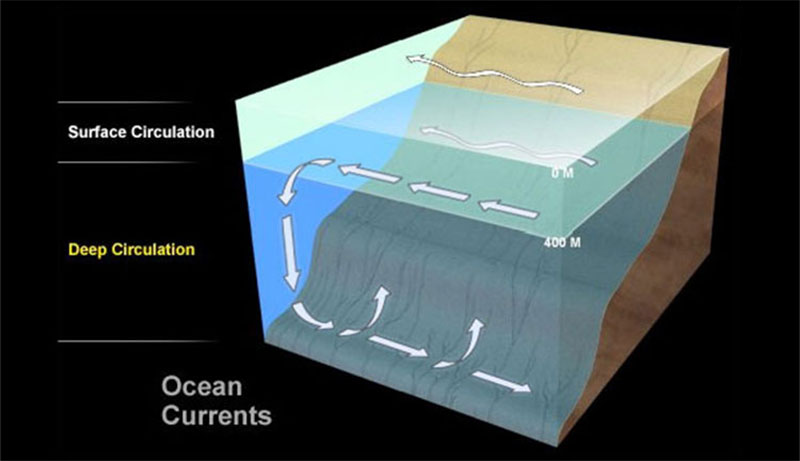Sediment moves from one place to another through the process of erosion erosion is the removal and transportation of rock or soil.
The sediment layer on the ocean floor quizlet.
A lump of minerals that is made of oxides of manganese iron copper or nickel found in scattered groups on the ocean floor.
Rivers and glaciers transport and deposit tons of sediment into the ocean.
Terrigenous sediment is derived from land and usually deposited on the continental shelf continental rise and abyssal plain.
A soft fine organic sediment covering 40 percent of the ocean floor.
Sediment thickness also increases as distance from the ridge increases.
It is dominated by quartz feldspar clay minerals iron oxides and terrestrial organic matter.
The intense pressure.
This sediment is composed of clay particles and microskeletons of oceanic organisms that sink slowly through the water column to the ocean floor.
As you went deeper the sediment grew older.
Vehicle used to explore the deep ocean.
Plate tectonics and the ocean floor.
A dip or depression in the surface of the land or ocean floor.
Sediment can accumulate as slowly as 0 1 millimeter 0 04 inch per 1 000 years in the middle of the ocean where only wind blown material is deposited to as fast as 1 meter 3 25 feet per year along continental margins.
More typical deep sea rates are on the order of several centimeters per 1 000 years.
It can be as small as a grain of sand or as large as a boulder.
The various sources of sea floor sediment can be summarized as follows.
Older crust was found next to continents.
An accretionary wedge or accretionary prism forms from sediments accreted onto the non subducting tectonic plate at a convergent plate boundary most of the material in the accretionary wedge consists of marine sediments scraped off from the downgoing slab of oceanic crust but in some cases the wedge includes the erosional products of volcanic island arcs formed on the overriding plate.
A cylindrical piece of sediment rock soil snow or ice that is collected by drilling.
Some of these organic.
Newer oceanic floor was near the ridge crest.
It is further contoured by strong currents along the continental rise.
Some may call this sediment biogenous sediment and this sediment roughly covered 75 of deep seafloor and one of the most important constituents of ocean sediments.
Bathymetry the shape of the ocean floor is largely a result of a process called plate tectonics the outer rocky layer of the earth includes about a dozen large sections called tectonic plates that are arranged like a spherical jig saw puzzle floating on top of the earth s hot flowing mantle.
Pelagic sediment is composed of clay particles and microskeletons of marine organisms that settle slowly to the ocean floor.
Ocean trenches occupy the deepest layer of the ocean the hadalpelagic zone.










